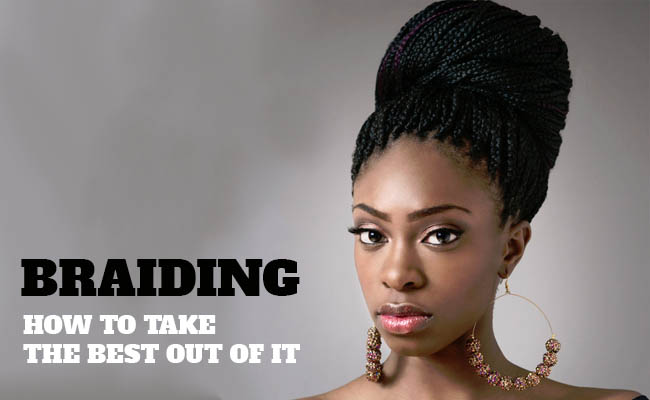
A physical change is always great for a jumpstart and you shouldn’t hesitate try new styling spikes that also protect your hair and scalp.
Braiding is one great protective style to go with that is going to protect your ends, while sustaining the hair growth. In addition, braids look great and help you stand out wherever you go.
If you decided to go with braided style, one of the things you’re going to have to put up with is the soreness of your scalp. No matter how you do it, it seems that a sore scalp is almost inevitable in the case of braids. For each problem there is a solution, though and you should scroll down for our recommendations.
How to alleviate scalp pain when wearing braids?
There’s no reason for which you should suffer in silence though and you should try alleviate the pain. Let’s take a look at some of the things you can do for feeling better when owning some beautiful braids.
Talk to your stylist
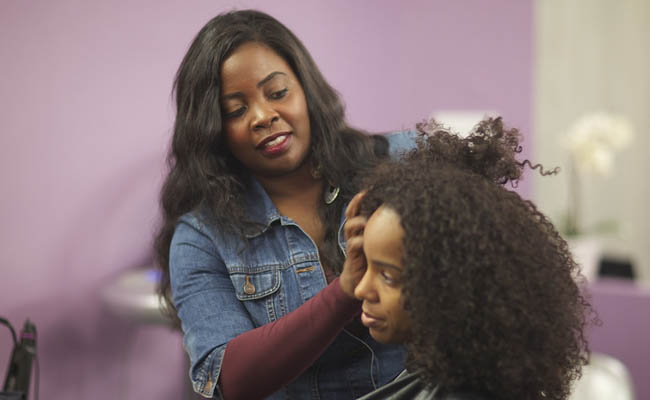
When you’re going to the salon, don’t be shy and have an open talk to your stylist. Before he/she starts braiding your hair, it’s important that you talk about your sore scalp. If you’re worrying about the braids causing some breakage or you are a tender headed, it’s better to speak about your concerns. After all, the stylist is going to help you with recommendations and advices. If you’re feeling any pain during the process, let the stylist know before he/she is done with the whole head.
Use some heat
A painful or itchy scalp is typically a symptom of dehydration. If you’re aiming for immediate relief, it’s better to stay on the safe side and use a home steamer for your head. You can also prepare your scalp by protecting it with a deep conditioner that adds hydration to the scalp.
Don’t forget about the daily oil scalp massages
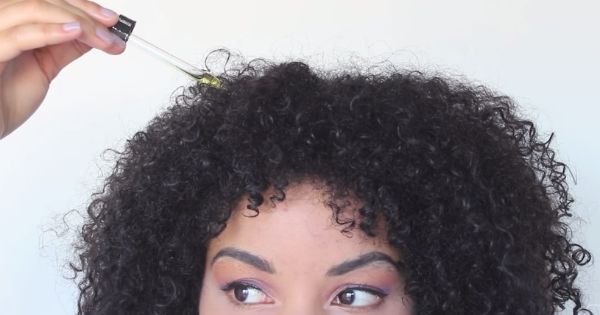
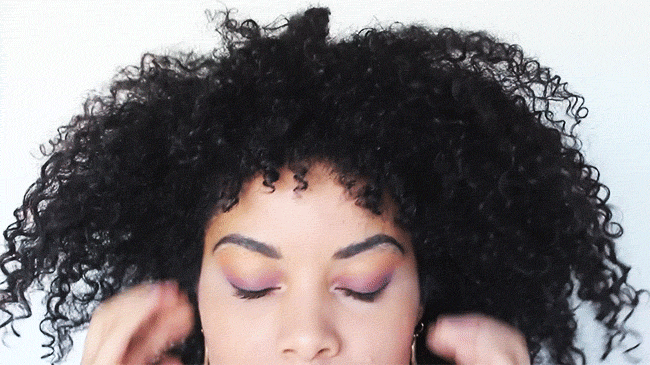
When you’re massaging your head, you’re going to boost the blood circulation which also improves the hydration of products, alleviating pain. Using some peppermint oil is going to mean the world for your scalp as it reduces itchiness immediately, boosting the hair follicles altogether.
Have your go with diy solutions
If you’re finding yourself deep within the process and there’s no way to come back, as your scalp feels on fire, there are some tricks for you to try. Drinking plenty of water is going to hydrate from the inside out, but you may do a lot more by covering your head with a wet towel for a couple of minutes. Another effective trick is to use an eraser end of a pencil right under the tightly bound cornrows so that you may loosen them up without ruining them.
Get a good quality braid spray
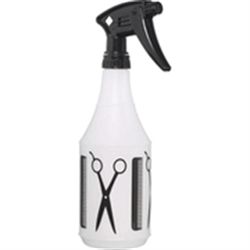 When nothing seems to be working for you, you should take a look at all the innovative sprays out there that are specially formulated for scalp relief under protective styling. Don’t hesitate to have it on you all the time so that you may use if every time when you’re done with the pain.
When nothing seems to be working for you, you should take a look at all the innovative sprays out there that are specially formulated for scalp relief under protective styling. Don’t hesitate to have it on you all the time so that you may use if every time when you’re done with the pain.
How to take care of your braids?
Scalp pain from braiding your hair is also caused by not taking good care of your braids. Take a look at the things you should do for maintaining nice and healthy looking for a longer time:
Protect your hair at night
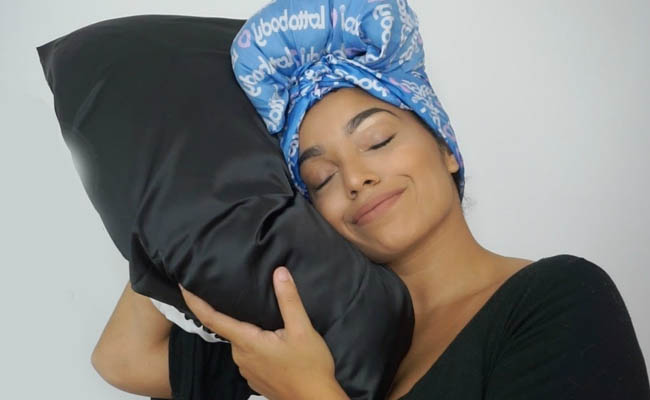
Tying your hair throughout the night is one good practice you should always respect. If you want your braids to look fresh, cover your head with a satin headscarf at night so that you also protect the roots from drying out. You can also go with a satin pillowcase if the scarf doesn’t work for you. You’re free to try both, for maximum results.
Moisturize, moisturize
Do due diligence and never forget about applying a sealing product to your roots once a week. You can go with shea butter mix that calms the scalp and keeps uvs away from the head, while sealing in moisture. A styling butter is going to add enough moisture, nourish the hair and put the frizz under control too.
You should spray some water all over your hair. Smooth the product onto the roots, going with every single section. Even if it’s going to take you almost an hour, you don’t want to skip this step.
Keep your scalp moist
You need to give your roots a fast spritz as your hair needs moisture in order to survive. Water is still the best moisture and the roots are always in need of more watering. Don’t use heavy gels or oils as they clog pores.
Stay away from the unnatural products
Stylists never get tired about reminding us that naturally derived oils are the best choice for moisturizing the hair. Stay away from the mineral oils and go with the natural ones. Coconut oil and almond oil are great as they sooth the scalp and moisturize it, without clogging the pores or causing buildup. If you’re looking for some non-greasy moisture, you should go with a leave-in conditioner.
Wash the braids
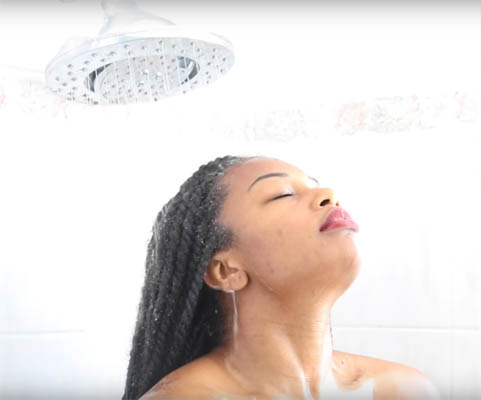
Buildup of dirt, sweat and product is going to damage your hair. You don’t necessarily need to wash the braids, as some dry-wash the hair with a cloth, shampoo and water is going to be enough. You should part your hair, wiping the scalp in sections. Do it every two weeks so that your scalp remains fresh. Smelly braids are last thing you want to have.
Don’t wear the braids for too long
For some it may be tempting, but you should never leave your braids for too long. What’s too long? 3 years, for instance is way too long. You’re simply going to end up with bald spots all over your head. Braiding is a protective styling and it’s temporary. Some recommend keeping them for 1-2 months’ maximum, any longer than that causing damage of your hair. Keep in mind that protective styling is meant to protect the delicate ends from braking, while promoting new growth.
Redo the edges
You’re going to notice after a while that the roots are growing, which means you need to freshen up the look. You don’t need to rebraid the whole head, you can easily go to your stylist and try to re-install the braids along the hairline. Make sure to detangle and deep condition your hair before reinstalling the braids. The edges are pretty delicate so you should pay more attention for them.
Stay away from constant up-dos
Styling your hair into high ponytails is going to pull at your hairline. No matter how tempting that may be, the constant pulling is going to weaken your hair along the hairline, which ends up into ruining your looks. You shouldn’t go with updo styling more than 4 times a week and you most definitely shouldn’t do it every day.
One last tip for the road? Never pull too tightly when styling your hair. Not only it’s not going to look that great, but it’s also going to damage your scalp and hair, leading to more pain later on.
This article is based on essence.com
